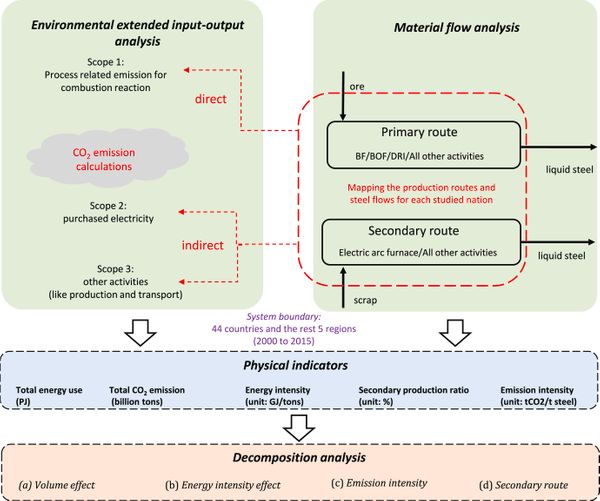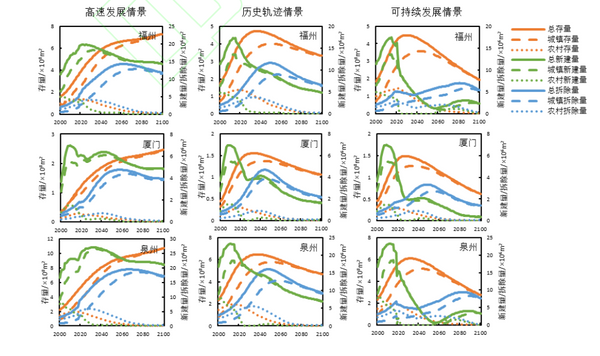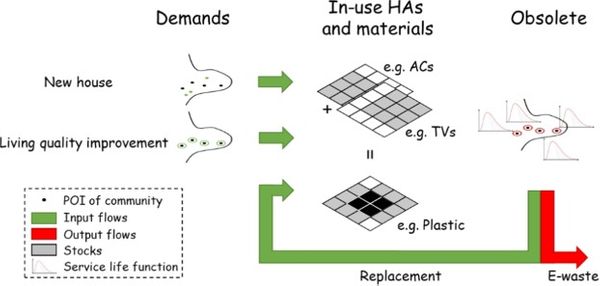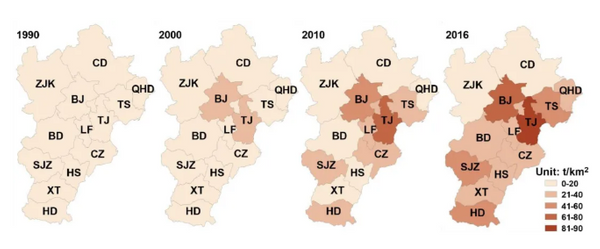by Elshkaki, A.*; Lei, S.; and Chen, W.-Q.
Environmental Research, 2020, 181: 108964.
https://doi.org/10.1016/j.envres.2019.108964
Highlights
Four global and regional Al process based scenarios are developed.•
The four scenarios combine material-energy-water nexus with CO2 emissions.•
Historical resources and emissions data on global and regional levels are used.•
Al production is expected to use between 1.0% and 2.6% of global energy.•
Policy and sustainability scenarios are the best in terms of climate change.•
Increasing material and energy efficiency is necessary to reduce CO2 emissions.
Abstract
Aluminium is a widely used metal and one of the most energy intensive industries, and therefore it has been included in most energy models and scenarios. Material demand and supply are broadly linked to energy, water, and climate change. In this study, we develop four global and regional process based scenarios for the material-energy-water nexus combined with CO2 emissions and applied to aluminium. The scenarios used in this study are; Market World (MW), Toward Resilience (TR), Security Foremost (SF), and Equitability World (EW). The results indicate that global CO2 emissions are expected to increase as a result of increasing aluminium demand, although aluminium secondary supply, energy efficiency, and cleaner energy supply technologies are expected to increase in the next 30 years. Policy and sustainability (TR and EW) scenarios are ultimately the best in terms of global climate change since the two scenarios have the lowest CO2 emissions, although they also have the highest aluminium demand and energy. It is therefore necessary to implement cleaner energy supply and energy efficiency technologies at high rates in aluminium industry to mitigate possible increase in CO2 emissions.
Keywords
Material-energy nexusScenario analysisAluminiumWaterWasteCO2 emissions







